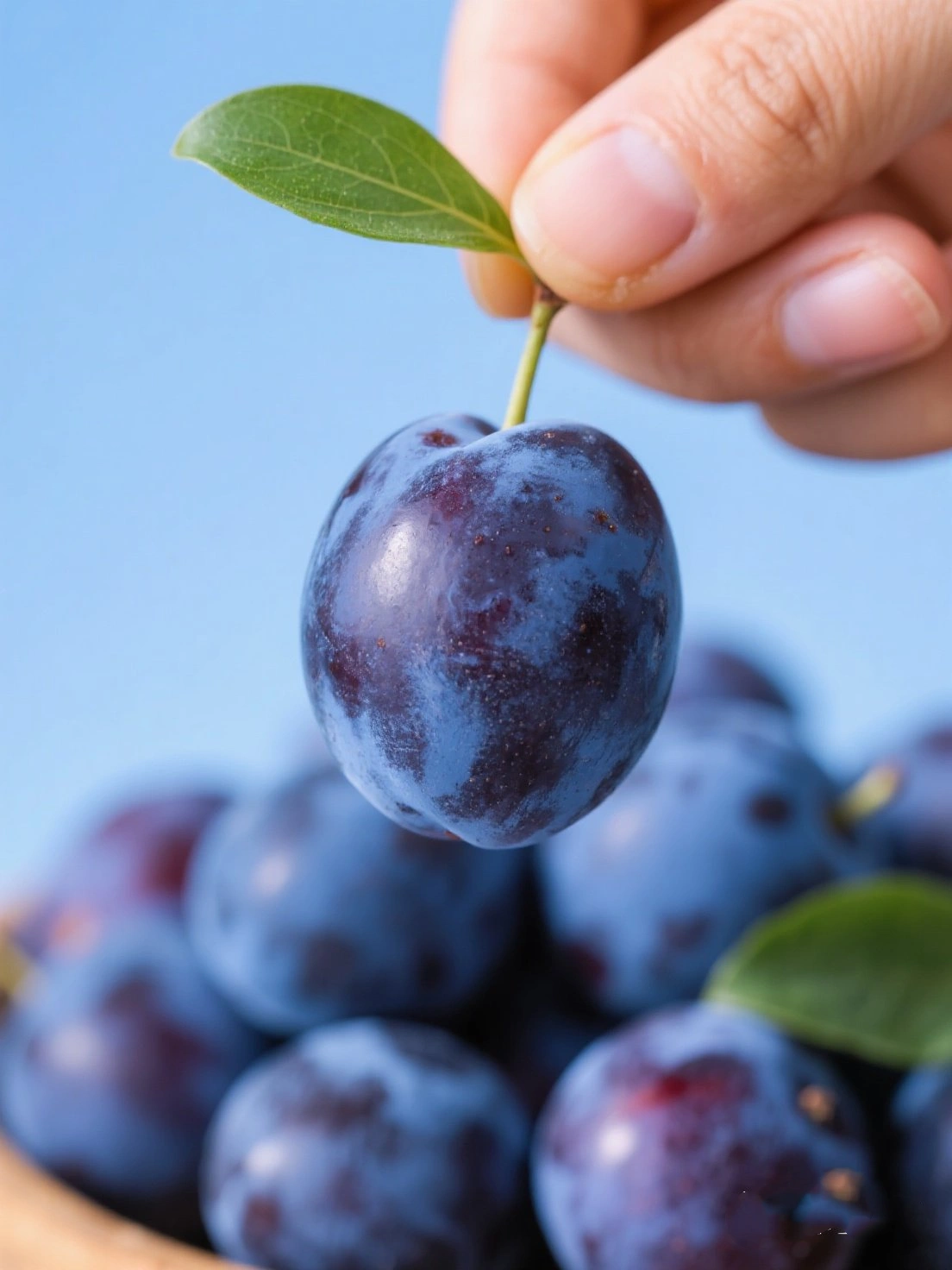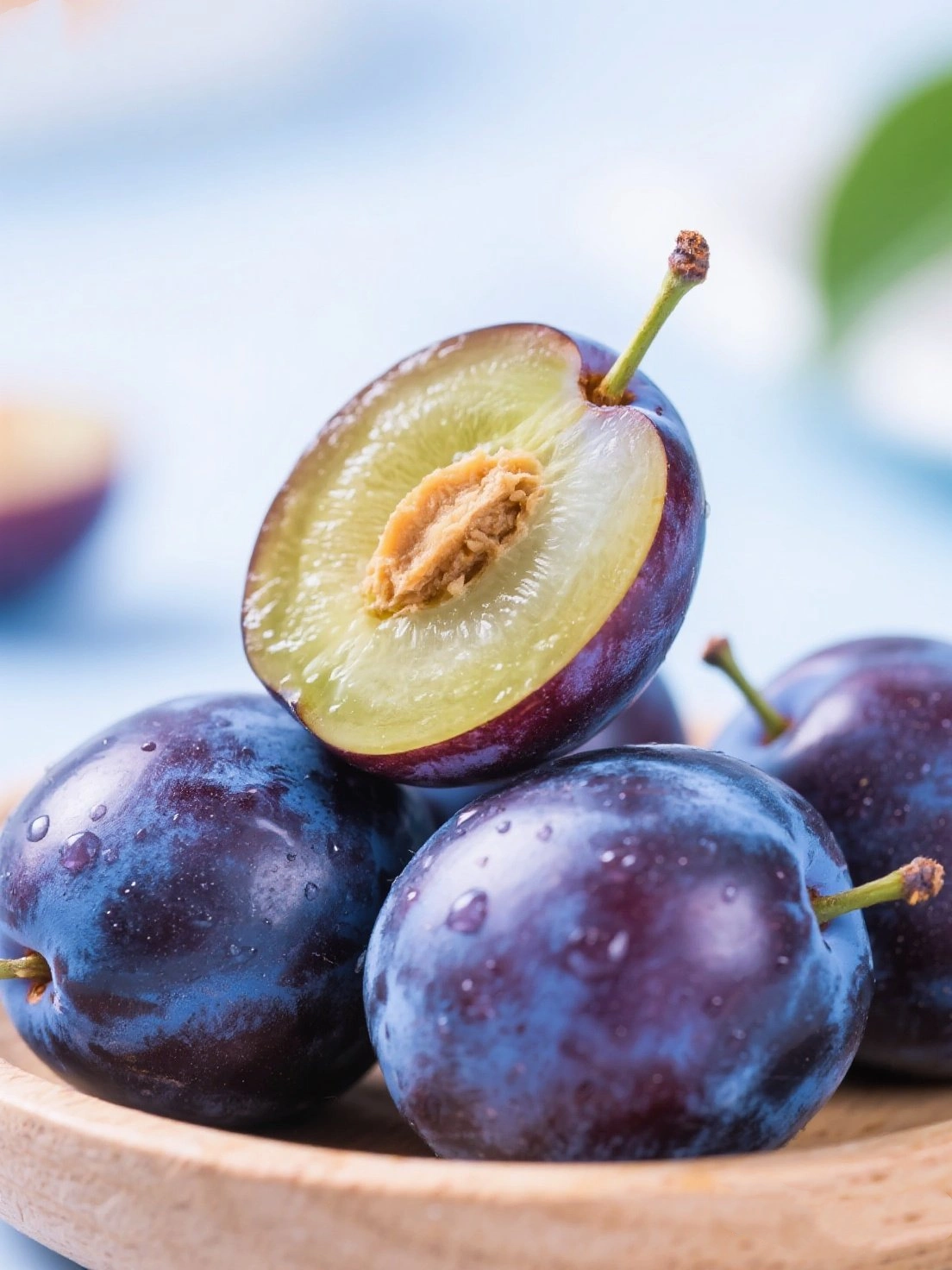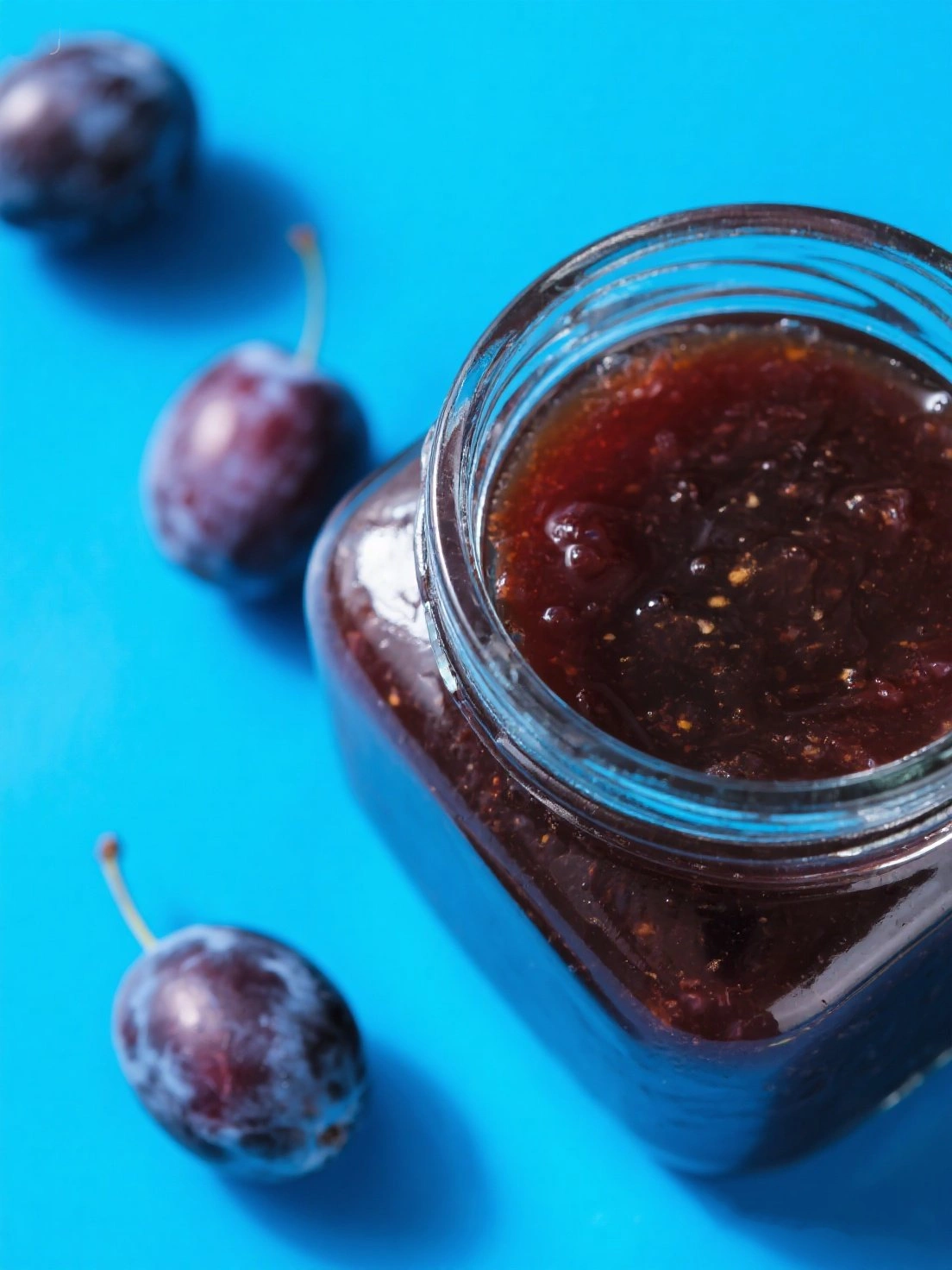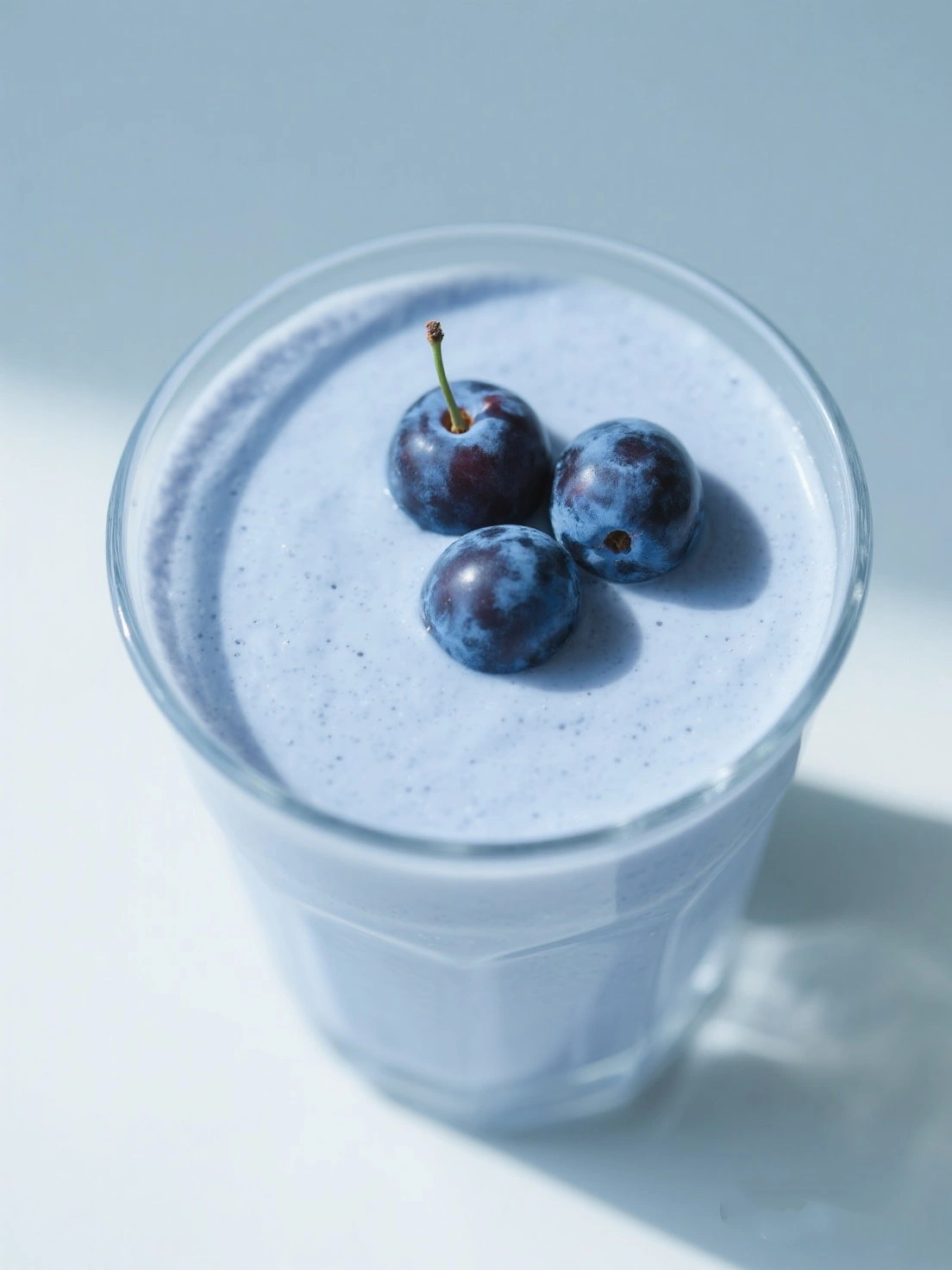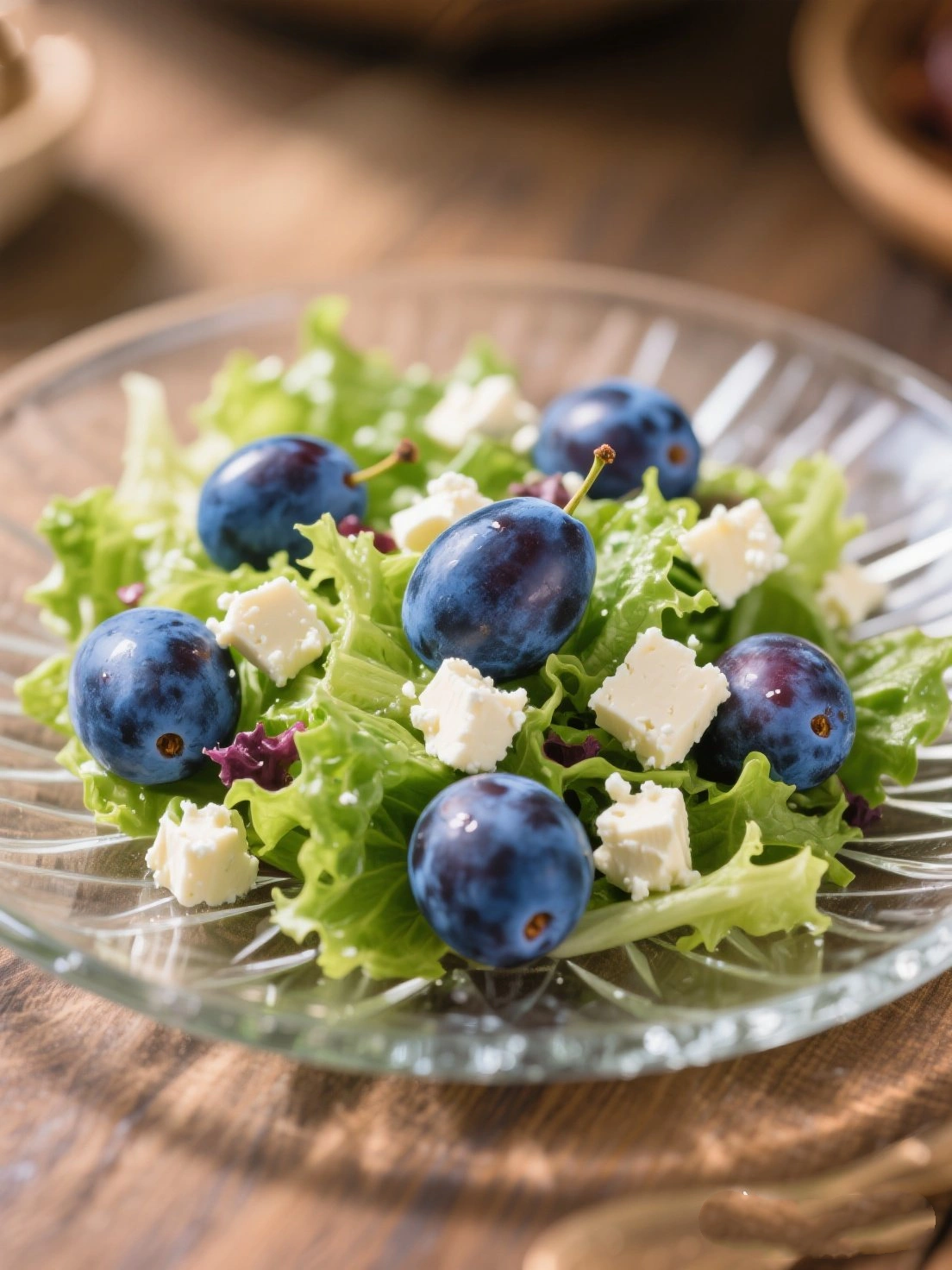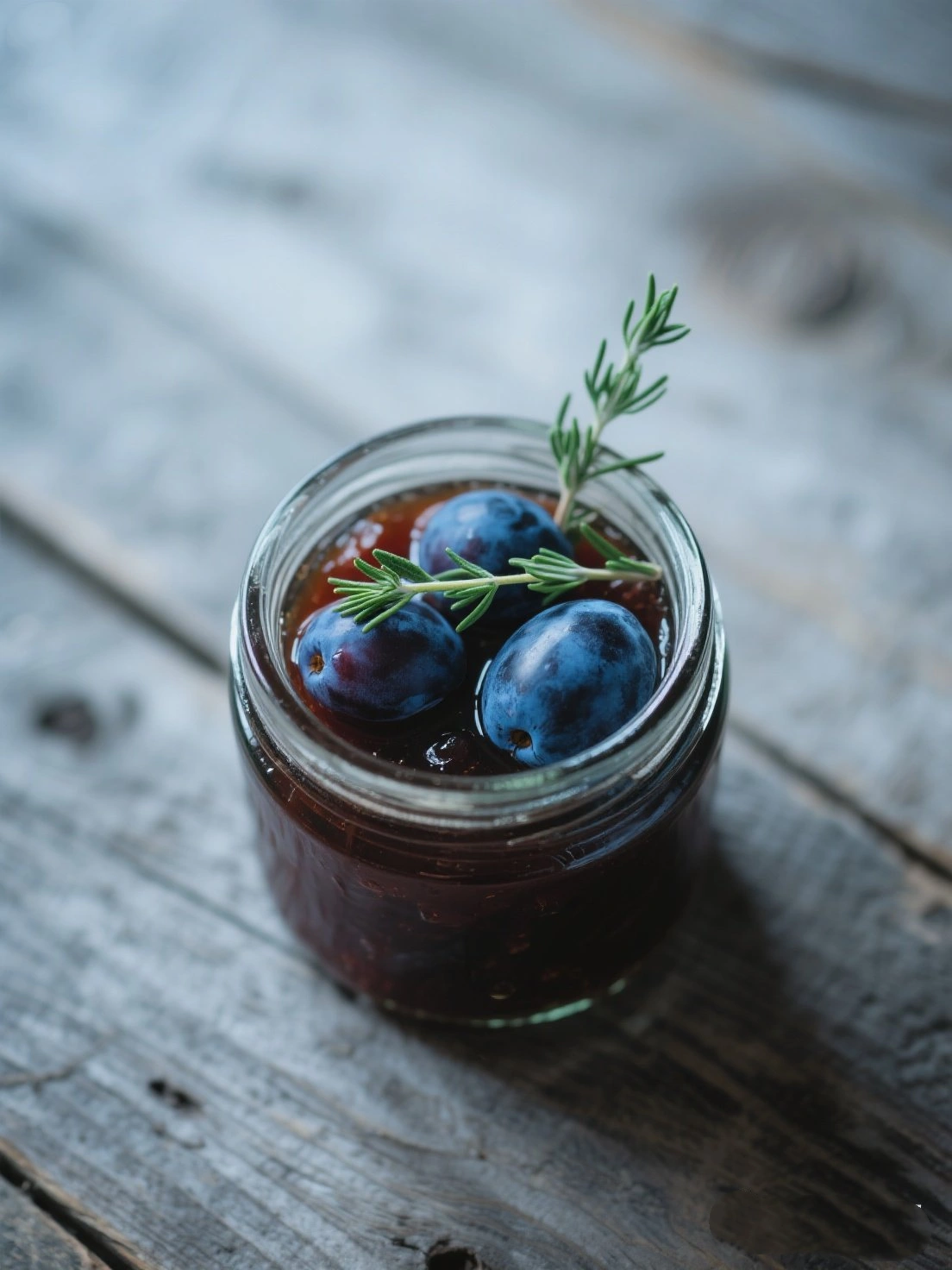Blue plums (Prunus domestica), known as 蓝西梅 (lán xī méi) in Chinese, are a unique plum variety prized for their deep blue-purple skin and golden flesh. Originating in the Caucasus region, they were cultivated along the Silk Road and introduced to China over 2,000 years ago.
These plums get their distinctive blue hue from anthocyanins, powerful antioxidants also found in blueberries. The natural waxy bloom on the skin enhances the blue appearance. Unlike common red plums, blue plums have a perfect balance of sweetness (18-22 Brix) and tartness with floral honey notes.
Major production areas include Xinjiang, Gansu, and Shaanxi provinces in China, where the dry climate and temperature variations produce the sweetest fruits. The 'Blue Bell' and 'Empress' are popular cultivars, typically harvested from July to September.
